Over the centuries, qanats have served as the main supplier of fresh water in arid regions of Iran, as provided the opportunity for people to live in extremely dry zones (even in deserts), and thus helped harmonize the population distribution across the country.
The ancient qanat system of tapping alluvial aquifers at the heads of valleys and conducting the water along underground tunnels by gravity, often over many kilometers, first appeared in Iran, which was then spread to other Middle Eastern countries, China, India, Japan, North Africa, Spain and from there to Latin America.
Employing this ancient water supply system may reveal and highlight some benefits to contain water shortage in the country.
Throughout the arid regions of Iran, agricultural and permanent settlements are supported by subsurface water or fresh water resources withdrawal, while qanats representing the system include rest areas for workers, water reservoirs and watermills.
The traditional communal management system still in place allows equitable and sustainable water sharing and distribution, which provide exceptional testimony to cultural traditions and civilizations in desert areas with an arid climate.
According to the Ministry of Energy, about 36,300 qanats have been identified in Iran, which have been saturated with water for over 2,000 years.
Now that water shortage is highlighted as one of the leading issues facing the country, expert believes that focusing on issues of water management in the past and questions of sustainability are paramount.
Ehsan Akhani, an expert active in qanat field, told IRNA that in the past qanats was a tool to determine the amount of agricultural lands in an area, while today lands are used for agricultural purposes despite severe water shortage in an area.
In the Iranian calendar year 1383 (March 2004-March 2005), qanats capacity have been 10 times more than Zayandeh-rud river, he said, implying that what precisely caused the ancient water supply system to gradually run down includes dried up rivers and wetlands, illegal construction of dams and wells, excessive underground water withdrawal.
He went on to highlight that at least over 70 percent of qanats can be restored to survive the country from water scarcity, however, water consumption patterns must be changed properly, which can result in 40 percent increase in renewable water resources.
Shahram Karimi, an expert, said in a press release that although revival of qanats can be considered as one of the solutions to the current water shortage condition, one tenth of the country’s total water supply have been provided by 36,000 qanats.
So, qanats can compensate for the shortages to some extents, but we need to focus on water resources management and promoting the culture of consuming an adequate amount of water, he added.
He further highlighted that in a country like Iran being haunted by recurrent droughts over a long time, considering the ancient sustainable system is significant and valuable.
Qanats can come efficient to contain water scarcity due to relatively low cost, low evaporation rates and not requiring technology knowledge, moreover, they proved sustainable being used in perpetuity without posing any damages to the environment, despite new water transfer projects, which not only puts the environment in danger but brings the country heavy economic burden.
Qanat use encourages water reuse at different sections along the linear system and can only drain water from a naturally recharged aquifer; there is no need to pump water from an aquifer or draw down the water table reducing the capacity of an aquifer to retain water.
Moreover, they do not contribute to the compaction of aquifers and resulting surface subsidence and soil compaction as many pumped technologies have done. So, the social and economic systems that have maintained qanats for many centuries are aided by the social contracts and structures required to keep qanats healthy.
MNA/TT


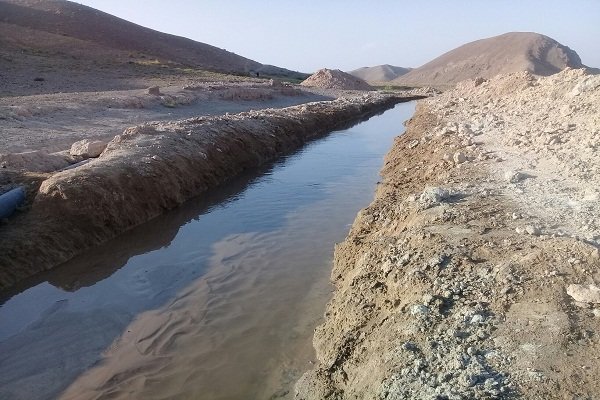
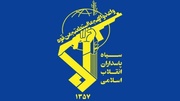





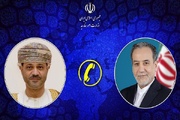

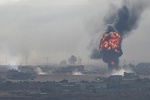

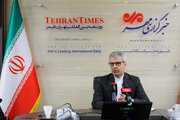




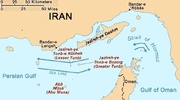







Your Comment